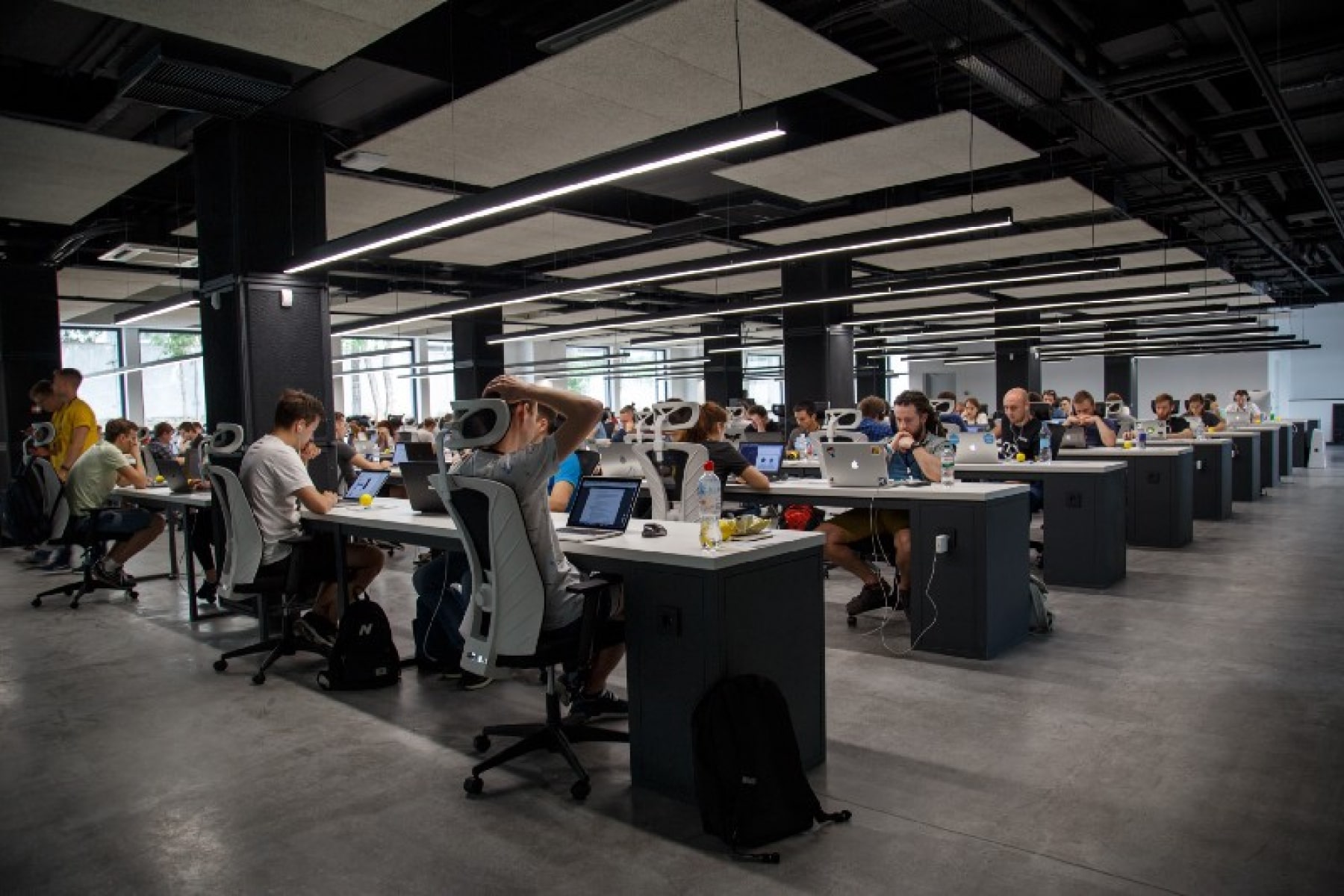Are you managing your supply chain effectively, to maximise your business growth?
Proficient and efficient supply chain management is fundamental to the success of almost any organisation; impacting productivity, employee’s motivation and customer loyalty. A well-designed, transparent supply chain strategy should be developed in line with your overall business strategy, in order to achieve commercial success.
But, while supply chains were initially built for efficiency to get products from point A to point B as quickly and cost-effectively as possible, they now need to evolve quickly and carefully, to do more. Efficiency is still an integral part of supply chain management of course, however the rapid advancements in technology mean that new strategies are required to capitalise on new business growth potentials.
1. Digital Transformation

This is no easy feat, however. Chief supply chain officers (CSCOs) and chief operating officers (COOs) need to focus on the present and maintain the stability of their established, efficiency-led supply chains, while simultaneously innovating to futureproof the organisation. Digital technologies are driving growth by providing additional flexibility and scalability, and require strategies that support this transformation. Ultimately, this evolution enables movement into new markets, the development of new products and services and meeting ever-changing customer expectations. It is therefore key to adopt the appropriate technologies and supply chain strategy to ensure business growth, but what technology is right for your organisation?
Due to the rapid rate of digital innovation that we are only beginning to witness, it can be challenging for business leaders to identify the optimal solutions. Ultimately, it comes down to experimentation. The aim is to augment the work of people and create efficiencies, so that more time can be spent on innovation that fosters further growth.
Supply chain leaders from some organisations are using blockchain to deliver greater security and information ownership. Blockchain can help establish a single system of record that reduces paperwork and improves customs compliance. Other businesses are using artificial intelligence to automate processes that do not require human intervention, such as inventory management. By removing tasks from workers that can be accomplished more efficiently by machines, humans can focus on more strategic activities — thereby saving costs on unnecessary man hours, and adding substantial value where technology can’t.
Here at YTAO Global, we are developing our own technology platform that can help validate transparency in your supply chain, which will help you scale your business growth and accelerate processes. As we will see, transparent supply chains will be central to the success of organisations moving forward.
2. Ethical Strategy and Corporate Responsibility

As millennials continue to dominate the consumer market, along with it comes the requirement to meet their emotional needs and logistical convenience. Conscious consumerism is (fortunately) on the rise, therefore adhering to ethical procurement strategies and emphasising your brand’s values and beliefs over simple product features or benefits, is crucial. Millennials want to know that their dollars are supporting positive environmental and societal progression, staying loyal to responsible organisations. You therefore need to ensure that your supply chain management is transparent and based on ethical strategies beyond business profits. Going forward, brands risk underestimating the importance of this at their peril.
3. Be Transparent, Be Resilient

A transparent supply chain doesn’t only benefit the welfare of workers and the environment. It is actually vital to protect your business from the knock-on effects from global economic catastrophes. The current COVID-19 crisis has brought this to the forefront of business leaders’ priorities around the world, in an extreme way. The global economy has enabled rapid growth opportunities, however the complicated, interconnected nature and dependence of these supply chains has also highlighted how delicate they are, in the face of disasters that lock down local economies.
One of the first steps recommended in supply chain recovery, and to plan for the future, is to create transparency on multitier supply chains. Establish a list of critical components or ingredients, determine the origin of supply and identify alternative sources. This way, organisations can safeguard their operational viability by reducing dependency on single sources and being as agile as possible.
Register with MISIO to accelerate ESG to grow profit and share your ESG journey for the world.


Leave A Comment
You must be logged in to post a comment.